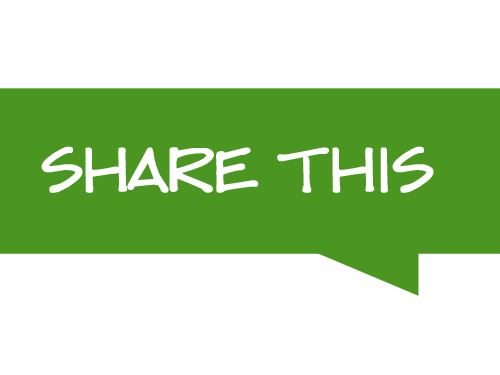So we’re looking at almost a third of college students, according to this University of Michigan study. And then another one from a company called Berenberg Research. They said that about 20%, that Gen Z are drinking 20% less alcohol than Millennials did at their age.
But what we’re seeing in this new emergence of online spaces and communities is they tend to be spearheaded by women. They actually liked the term alcohol free because they thought it implied a sense of freedom, a sense of living life without alcohol. But I think that there’s certainly variation and these wider communities are pushing the language of sober, reclaiming the word sober and imbuing it with these kinds of positive associations. Emily, can I just ask you quickly about the language that we use around this movement or the increase in people choosing not to drink anymore? Because you heard Kelly in that clip, say, I’ve been sober for about four and a half years. I don’t know if she had an alcohol dependency challenge before that, but we also more casually hear the phrase, sober curious, et cetera, in terms of choosing not to drink.
From Stress to Serenity: 99 Strategies for Managing Mental Health without Alcohol
Unhealthy alcohol use is often said to “run in families,” due to both genetic and environmental factors.³ Breaking the cycle of intergenerational alcohol use is an empowering experience. Being able to have my children witness firsthand what a happy alcohol-free life looks like is my greatest accomplishment. By walking away from alcohol, I have changed the trajectory for future generations. As an extrovert, I was terrified of what losing alcohol would do to my social life.
What happens when you stop drinking for 30 days
Accountability is a game-changer for making lasting changes. Joining or forming a support group not only connects you with people on a similar journey but also creates a layer of responsibility. Sharing your goal with others keeps you on track and gives you a support system during moments of weakness. Many online communities, from fitness groups to sober communities, offer this accountability. A common reason people slip back into old drinking habits is the availability of alcohol at home.
“Alcohol may make you How Long Does It Take to Detox from Alcohol Timeline and More feel tired initially, but you won’t get a restful night’s sleep because it affects your sleep cycles,” Horne explains.
Nurturing Parenthood: Creative Strategies for Managing Mental Health Without Alcohol
According to Tricia, “Having accountability makes recovery real and makes it a lot harder to change your mind. I knew that if I didn’t start telling people, I was going to talk myself out of it again”. While alcohol is high in calories, and wine, beer, and mixed drinks add sugar to one’s diet, cutting it out may or may not help you lose weight depending on how much alcohol you consume regularly. Cutting out alcohol for 30 days can have benefits for those who drink more than the recommended limit of two drinks a day for men and one drink a day for women. “I would suggest cutting back on several things rather than completely eliminating to avoid feeling deprived, which can lead to rebound eating/drinking and weight regain,” she said.
So I think it’s partly to do with accessibility, visibility. There might be a gender dynamic going on there in terms of the kind of historic links between beer and masculinity. And masculinity and drinking and be able to hold one’s drink, that again, make it more difficult for men to opt out. It takes four days to make because we want this complexity and it’s absolutely beautiful. And so I think as more bars start really, really, dropping their souls and making these actually wonderful drinks that take several days to make, the consumer will be like, “Okay, this is a complicated drink. The consumer, because this is so new, they don’t understand all the work that actually goes into making both the products and a nonalcoholic drink.
- Remember, each person’s journey is unique, so explore the strategies that resonate with you and adapt them to your own needs.
- Excessive drinking may lead to a whole host of health problems down the line, from liver issues to heart disease.
- While moderation is recommended, which is up to 1 drink/day for women and 2 for men, it’s important to be aware of the potential health risks.
- However, our top pick is Self-Management and Recovery Training (SMART) because of how effective it is for a variety of people.
- Secular Organizations for Sobriety offers an alternative path to the faith-based 12-step model.
It usually happens after five or more drinks for men and four or more for women. From getting together with friends or attending a work-related event, there is often a social component associated with drinking alcohol. To help support the growing, sober-curious lifestyle, many businesses are working to create an environment that is welcoming to both drinkers and non-drinkers. Additionally, alcohol-free social events are becoming more common.

